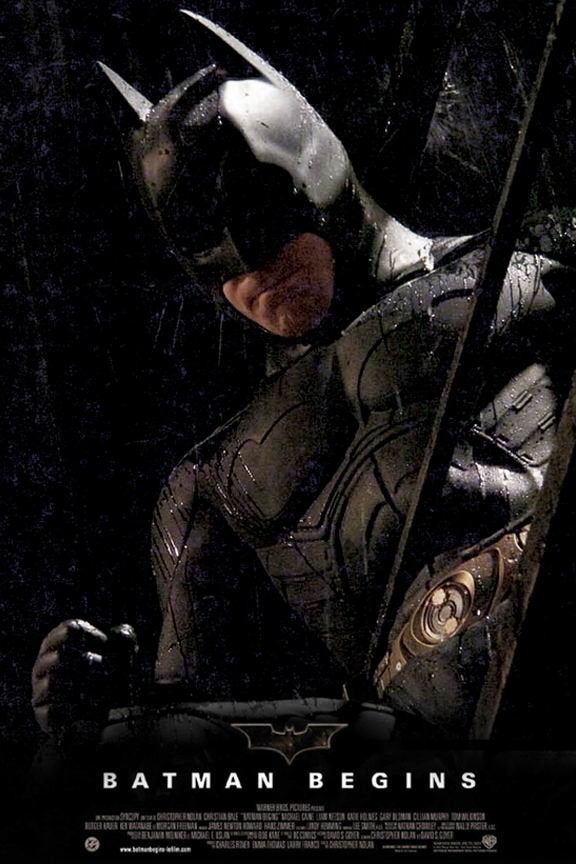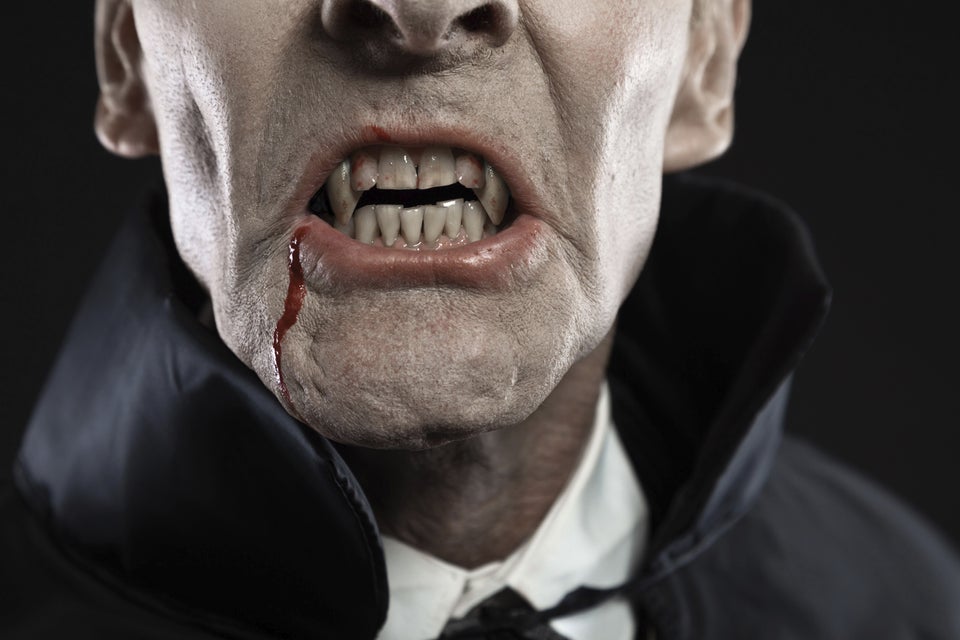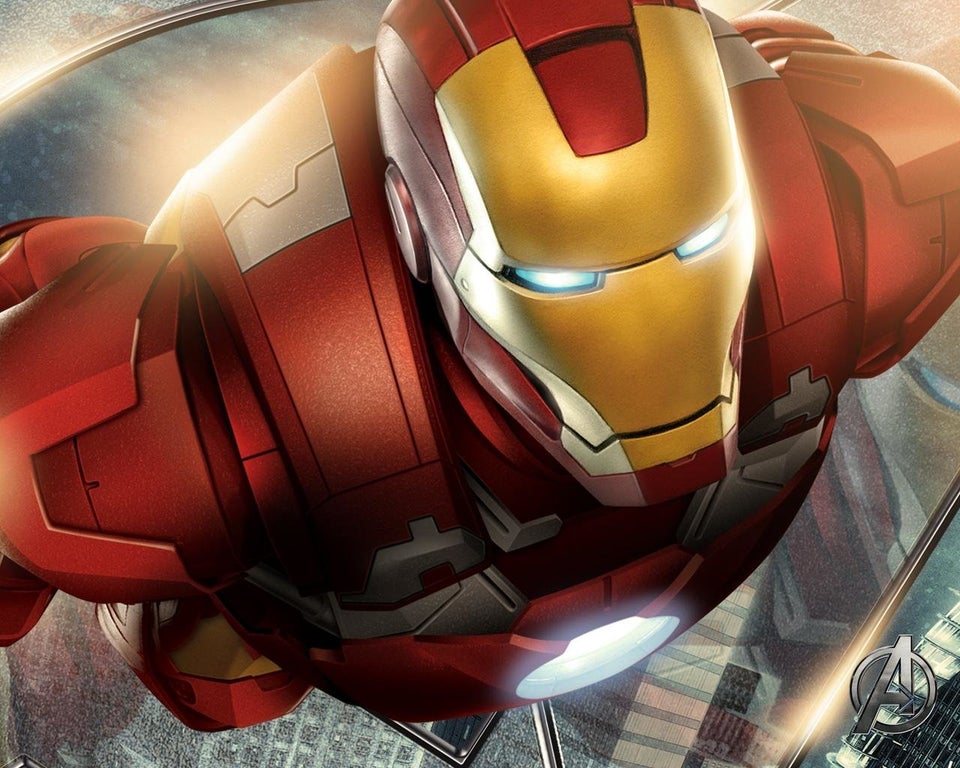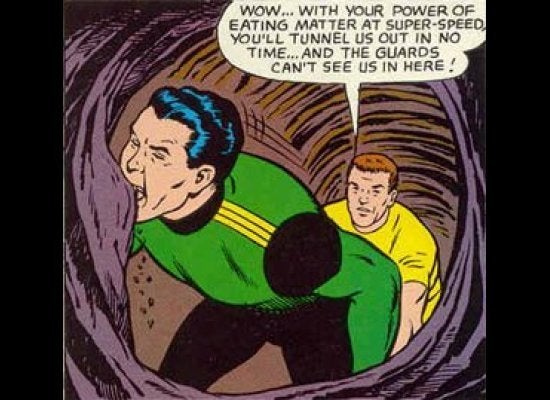While Cinderella would have been able to stand in those sparkling glass slippers, she would have almost certainly ended up with a sliced foot the moment she tried to run away from Prince Charming.
That's according to physics students at the University of Leicester in England, who published a study in October, "Cinderella's Shattered Dreams," attempting to figure out how, exactly, the princess could have rocked glass shoes at the ball and still complied with the laws of matter and energy.
The students concluded that "in order for Cinderella to run away from the prince at midnight she would have to have a glass shoe with a heel of less than 1.15 [centimeters in height]" -- much smaller than the size often depicted in adaptations of the fairy tale.
The Cinderella study is among a number of papers recently published in the university's Journal of Physics Special Topics, in which students put science up against fiction and fantasy.
"There’s only one real world," UL physics Professor Mervyn Roy, who oversees the course, told National Geographic last week. "Students can run out of relatively simple problems because other groups have done them in the past. But once you start to look at fiction, there’s a huge realm of things to explore."
Below, you'll find eight more scientific studies that will have you rethinking your favorite characters and stories.

While time travel by such an action is "nonsense," Superman could have reversed the polarity of the Earth's spin if he'd increased his mass 13.7 million times by traveling extremely close to the speed of light, students at University of Leicester found in a November paper.
Doing so, however, would pull asteroids and other near-Earth objects toward the planet, and would bring about changes in atmospheric pressure and wind speed that would "most likely cause extinction," according to the report.
"So spread the word," the students write. "Do not try this at home."
A separate JPST study, also from November, found that it would be "impractical for Superman to get all of his energy from sunlight, although providing he’s able to store the energy it would almost be feasible for him to stop a runaway train twice per week."

Additionally, the students found that as a result of time dilation -- part of Albert Einstein's special theory of relativity, which states that the faster you move, the more slowly time moves for you -- Santa has actually aged a tiny bit less over the years than the rest of us earthbound schlubs.
If we accept the students' premise that Santa has been delivering gifts one night a year for 194 years -- a benchmark apparently based on a poem written in 1821 by one William Gilley -- that means Santa has aged about four minutes less than other stuff that has been around since 1821, like Missouri, Braille and the term "menopause."

A study from last month, however, asserts that Lucius Fox of Wayne Enterprises "does not know what a microwave emitter is and must have designed something completely different."
"It was known from the beginning that the 'microwave' emitter would seriously damage someone, as approximately 70% of the human body is made of water," the authors of the study wrote. "As such, the only reason to use the emitter is when damaging people is not a problem."

Using fluid dynamics, physics students found in October that a vampire would require about 6.4 minutes of feeding time to drink that much of a person's blood -- about 0.75 liters -- and make a swift getaway, while still minimizing "the effects on the circulatory system."
So that's maybe a little comforting: A prudent vampire can only spend about six and a half minutes drinking your blood before it'll need to take wing. That's about the length of a Rush song, so, not bad.

While no doubt impressive, students found that a protective suit of armor for personal use is "unrealistic as it would have to be about 3 (meters) thick." However, the technology could be applied to large vehicles such as ships or tanks, according to the study.
For what it's worth, the students' October paper does not acknowledge that Tony's arc reactor technology is likely reversed-engineered from the Tesseract, which is an Infinity Stone, you guys, and maybe that changes the math somewhat, OK? So take this one with a grain of salt.
Also on HuffPost:

